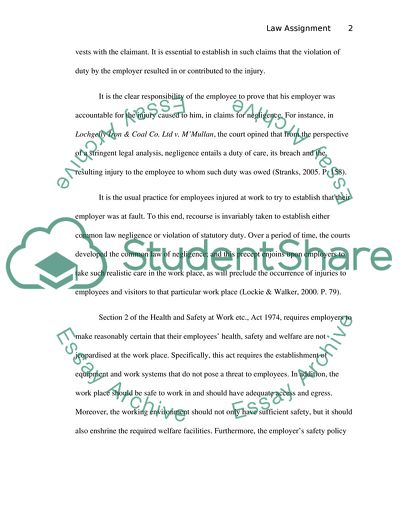Cite this document
(Analysis of Law of Negligence Cases Case Study Example | Topics and Well Written Essays - 1750 words, n.d.)
Analysis of Law of Negligence Cases Case Study Example | Topics and Well Written Essays - 1750 words. Retrieved from https://studentshare.org/law/1718450-law-assigmentbussines-studies
Analysis of Law of Negligence Cases Case Study Example | Topics and Well Written Essays - 1750 words. Retrieved from https://studentshare.org/law/1718450-law-assigmentbussines-studies
(Analysis of Law of Negligence Cases Case Study Example | Topics and Well Written Essays - 1750 Words)
Analysis of Law of Negligence Cases Case Study Example | Topics and Well Written Essays - 1750 Words. https://studentshare.org/law/1718450-law-assigmentbussines-studies.
Analysis of Law of Negligence Cases Case Study Example | Topics and Well Written Essays - 1750 Words. https://studentshare.org/law/1718450-law-assigmentbussines-studies.
“Analysis of Law of Negligence Cases Case Study Example | Topics and Well Written Essays - 1750 Words”. https://studentshare.org/law/1718450-law-assigmentbussines-studies.


